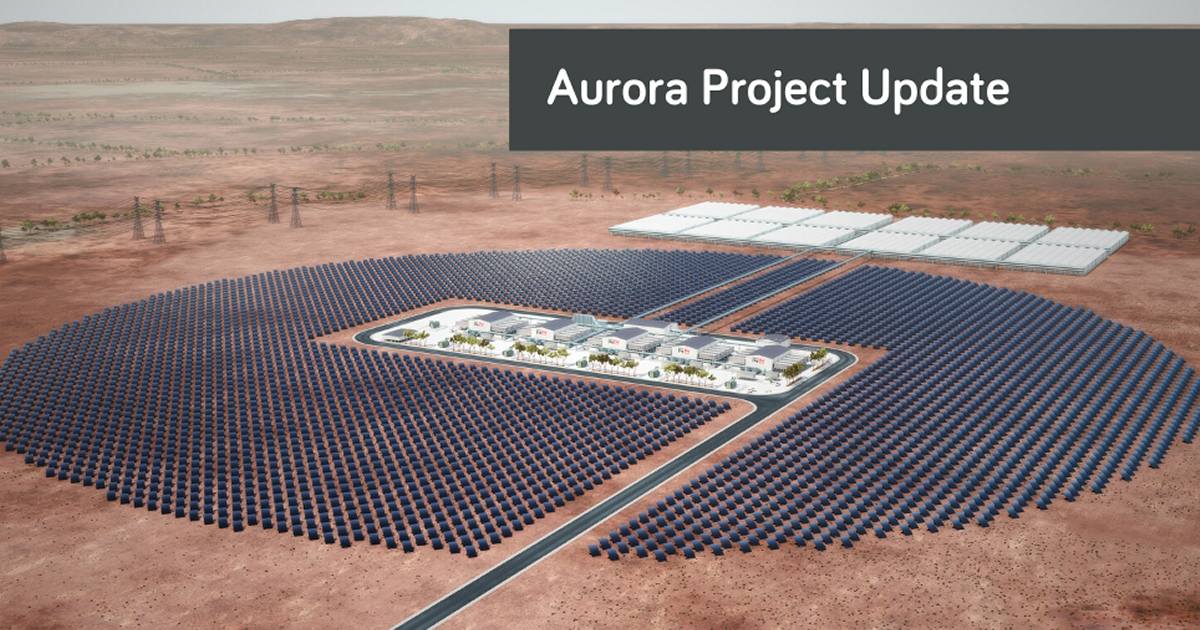
Last week, CEO of SiliconAurora Marie Pavlik addressed some questions related to the Aurora Project near Port Augusta in South Australia.
First, a brief recap on the history of the project.
Back in 2017, the South Australian Government awarded a contract to USA company SolarReserve to build a 150MW solar thermal power plant near Port Augusta. It was to use more than 12,000 heliostats (mirrors) to reflect the sun’s energy onto a receiver at the top of a central tower that would heat liquid salt. This “molten salt” was to be stored and used to create steam to drive a turbine to generate electricity.
The development application was approved in 2018 and then the wheels started to fall off. SolarReserve abandoned the project in 2019 after failing to raise the required finance. This turned out to be a blessing in disguise as SolarReserve had ongoing issues with its Crescent Dunes project that uses the same technology. The company appears to have gone belly up – its web site no longer exists and the last post to SolarReserve’s Facebook page was in January 2019.
Enter 1414 Degrees
In December last year, South Australian company 1414 Degrees completed the purchase of SolarReserve Australia II Pty Ltd, which was subsequently renamed SiliconAurora Pty Ltd.
The company is targeting the construction of 400MW of solar PV, so that side of the technology has changed, and at least a gigawatt- hour of storage. This storage will also be different – in the form of 1414 Degrees* TESS technology (Thermal Energy Storage System). Its patented system stores energy as latent heat in molten silicon – which melts at 1,414 degrees Celsius (hence the company’s name).
The project will be constructed in stages to “de-risk the profile and prove economic feasibility,” says Ms. Pavlik. The first stage will deploy 70MW of solar panel and then be paired with 1414 Degrees’ pilot TESS-Grid Storage – which looks like will be 200MWh capacity.
SiliconAurora sees the value in the project in providing grid stability services such as synchronous power and the demand response market, power purchase agreements, National Electricity Market trading and providing electricity and heat on demand to industry.
“Being located in the Iron Triangle industrial area puts us in an amazing position to offer emission-free heat to industrial customers and replace the gas,” Ms. Pavlik states.
OK, So When?
Electranet has been commissioned to start working on connection requirements to the site. SiliconAurora is also working with the South Australian Government to ensure granted approvals are in line with firm’s staged development.
“By winter 2021, we will roll out the first stage of the project,” says Ms. Pavlik.
But perhaps any huzzah! should be saved for when it actually has been – just in case.

 RSS - Posts
RSS - Posts



Speak Your Mind